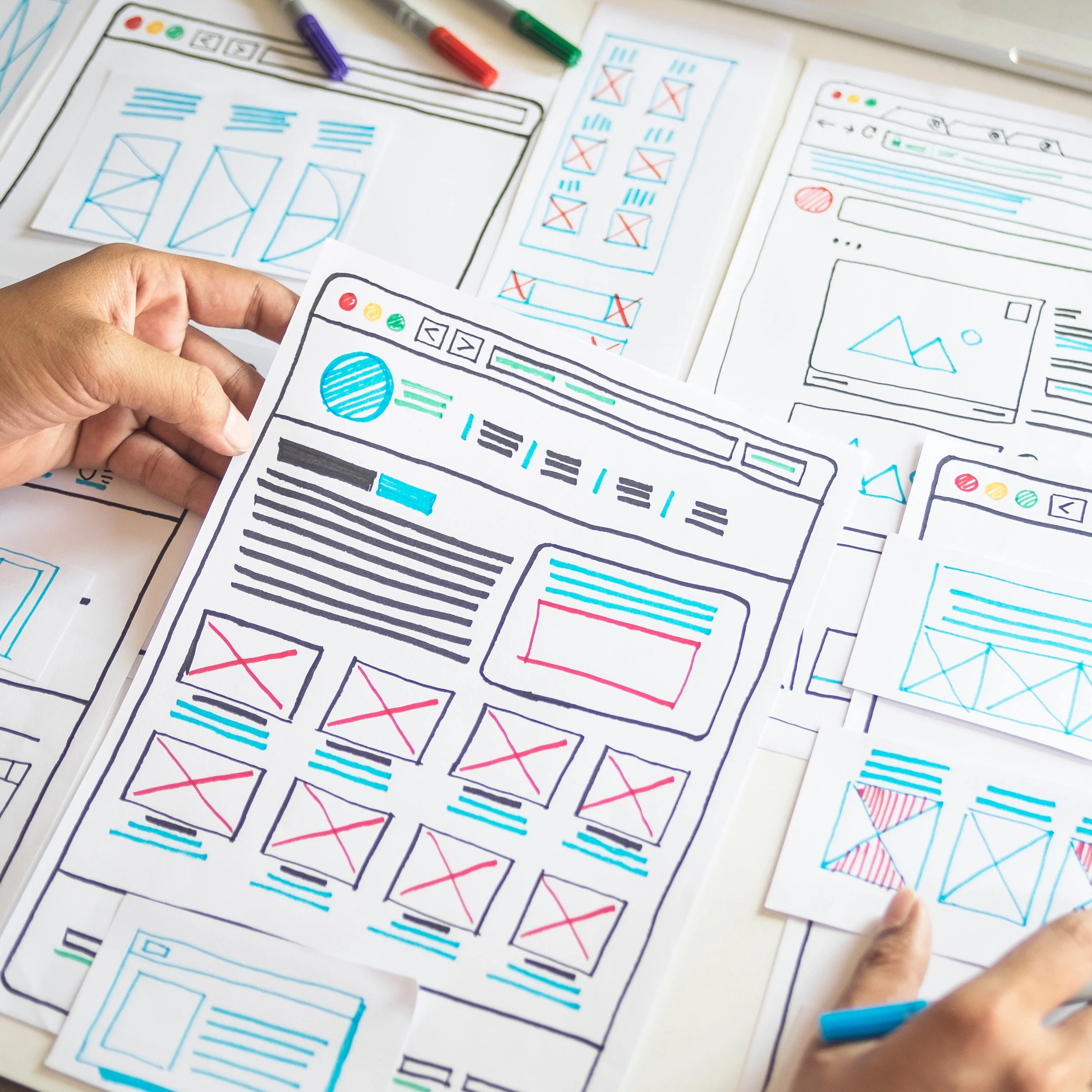Don't Stress Over Which Shopify Theme to Choose
Store owners often worry too much about the template, even though the template is only one of seven elements that give your website its signature look.
Congratulations! You have made an important decision to open your own online business and chose Shopify's platform for your journey.
Now you are ready to set up your online store and are faced with an intimidating and overwhelming question: which template or, in Shopify's terminology, which theme should you choose?
Shopify gives you two basic options with around 100 different themes in total, plus a third option:
Choose a free Shopify theme (9 themes);
Choose a paid third-party developed theme (90+ themes);
Hire a website developer to create your very own theme.
Here is my take on each of these three options.
Option 1: Choose a Free Shopify Theme
Shopify offers nine free templates, including Dawn, Refresh, and Sense. Unfortunately, these templates have one crucial drawback; they lack many advanced features, for example, an event calendar or a customizable contact form.
But since these templates have been developed by Shopify, Shopify also supports them. That can be very beneficial, especially if you are new to e-commerce and need to contact Shopify's great customer service and talk to a live person in case of a question.
Option 2: Choose a Third-Party Developed Theme
Shopify offers third-party web developers the possibility to design templates and sell them for a one-time fee to Shopify store owners. Although each theme provides different features and customization options, you can find some commonalities. A template typically costs between $200 and $400 and is supported by the web developer who created it. Should there be a bug in the template's code or you get stuck customizing the template, you would need to contact the original web developer. Unfortunately, Shopify won't be able to assist you.
Option 3: Hire a Website Developer to Create Your Very Own Theme
If your requirements cannot be met with one of Shopify's free templates or a paid template from Shopify's Theme Store, you can hire a website developer to code a theme for you that fits your needs. However, the process of specifying your requirements, developing the layout and features, and finally testing everything can take weeks, if not months, much longer than with options 1 and 2, which are readily available. Having someone develop a template only for you will also cost you a lot of money, easily in the 5-figure price range. This option is best suited for companies with the financial means also to hire expert support staff to maintain their website.
Don't Worry Too Much About the Template
In my experience, store owners worry too much about the template.
The template is only one of seven elements that give your website its signature look.
The other six elements are often far more crucial to your online success.
Your brand. A brand is how a product, a service, or a company is perceived by those who interact with it. It is shaped by your purpose, vision, mission, values, and goals. Part of developing a brand is defining your brand personality and promise.
► What Is a Brand Compass and Why Your Business Should Have One
► 5 Reasons Why You Should Strengthen Your Brand Personality
Your visual brand identity. The most common visual design elements that form your unique brand identity are your logo, colors, typography, iconography, photography, video, and illustrations.
Your verbal brand identity. Before you begin writing your texts and product descriptions or creating your first advertisement, you need to define how your brand speaks to your audience (words and tone) and what it says.
Your Content. Whether you feature a blog with recipes, hiking tips, or other helpful information complementing your products, the content on your website can be another reason shoppers return to your online store.
Structure and organization. If you have a lot of content on your website, you need to structure and organize it so visitors can easily find what they are looking for. A well-organized site with tons of information can be a huge asset, while an online store that appears messy can be a significant deterrent.
Relevance. How up-to-date is the content of your online store? A website that still shows summer pictures during the December Holiday Season or lists events with past dates would not make a good impression on your visitors.
Whether you choose one of Shopify's free themes (option 1) or a paid third-party developed template from Shopify's Theme Store (option 2) depends on your experience level as an online store owner.
If you are just starting, I recommend choosing one of Shopify's free templates (option 1). You might not have all the advanced features, but I wouldn't be too concerned about it as long as you get your branding (points 1 to 3), content (point 4), and site structure (point 5) right. What's more important, though, is that you can contact Shopify's support in case of questions. You might also have a better use for the money saved on the template. You could spend it on promoting your new online store, for example.
If you have had an online store for many years and are experienced enough to know your way around Shopify's template configurations, then a paid third-party developed theme (option 2) with more advanced features may be a good fit. But be prepared that the third-party developer provides the support for the template, not Shopify.
You Build It, You Launch It — You Maintain It
As a web designer, I can assure you that building and launching an online store is always the easiest and most exciting part.
The hard work usually starts later with keeping your content up to date.
Adding new products, archiving old ones, adjusting your prices, giving your store a seasonal look, writing a new blog post, and posting it on social media are all tasks that have nothing to do with the template you chose for your online store.
► How Much Maintenance Does Your Website Need?
Even if you have spent a lot of money on a very elaborate theme, you still have to keep your online store fresh and appealing, which can be a significant time commitment.
An online store is not a set-and-forget website; it's more like: you build it, you launch it, you maintain it.
Your Shopify theme choice is rarely the only reason your online store is successful; it's all those other little tweaks and improvements you make to your online store every day.











